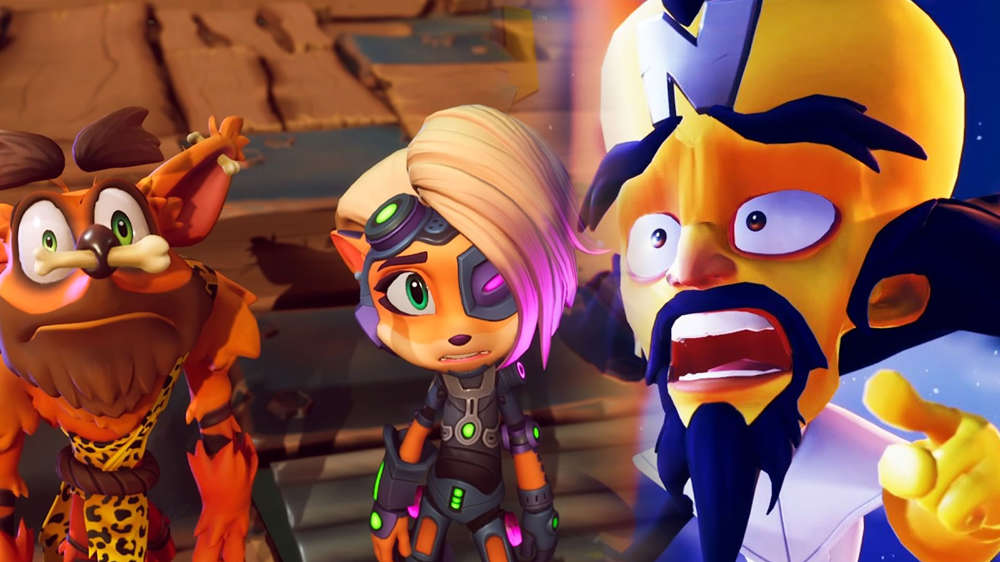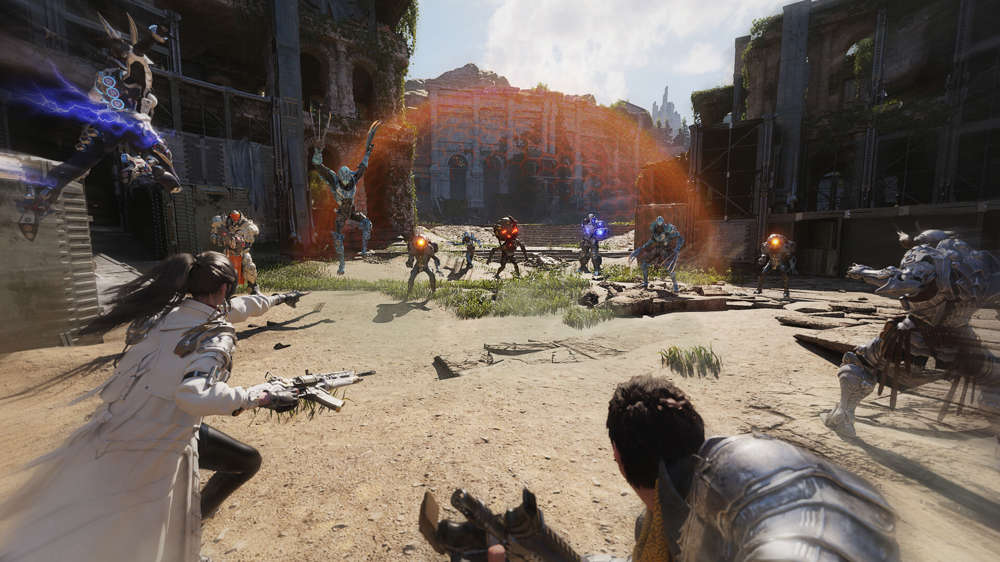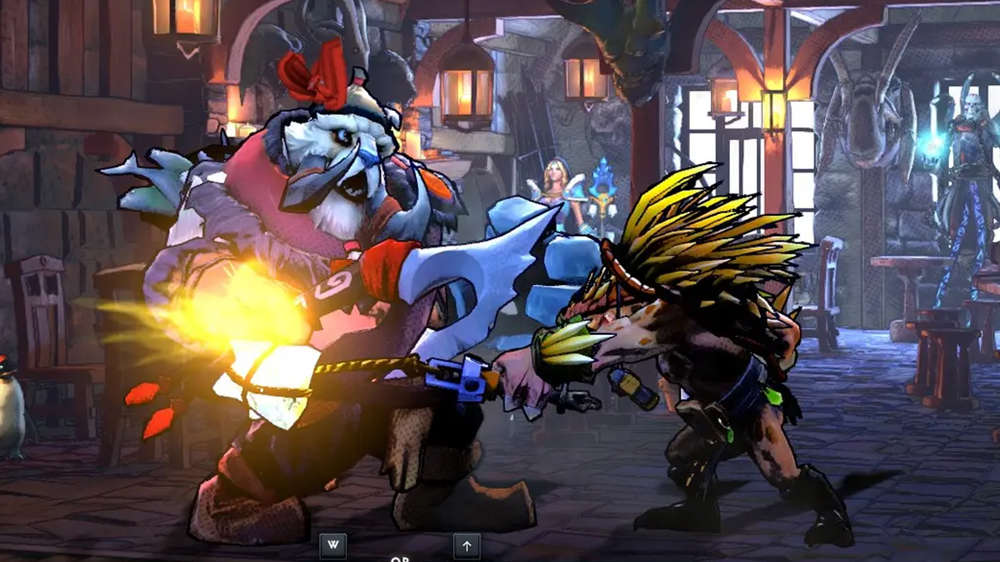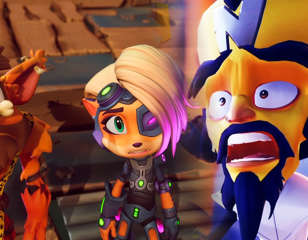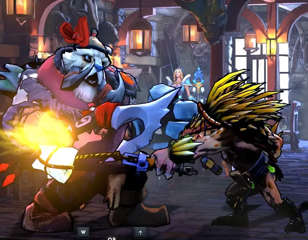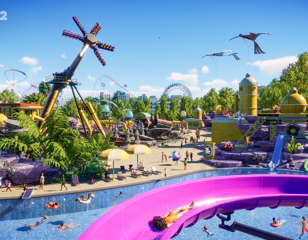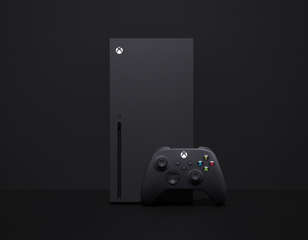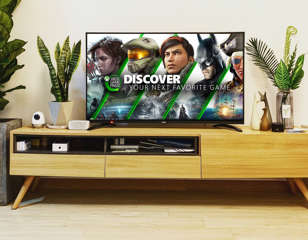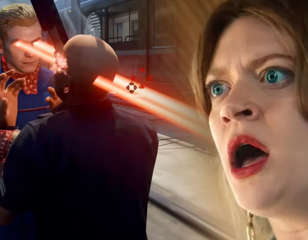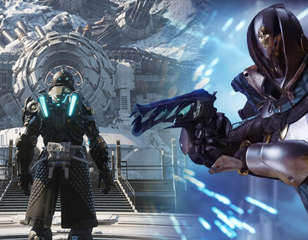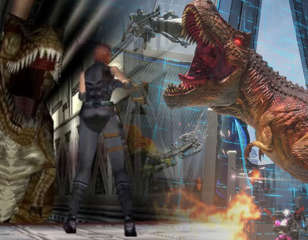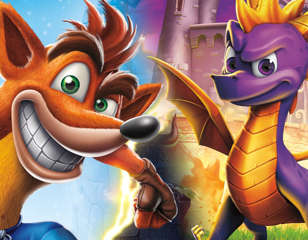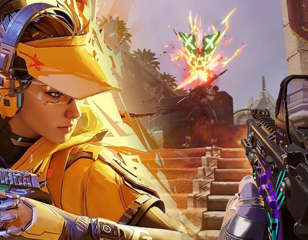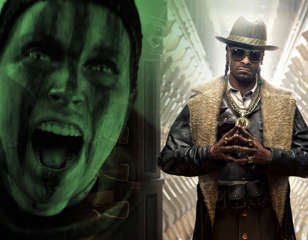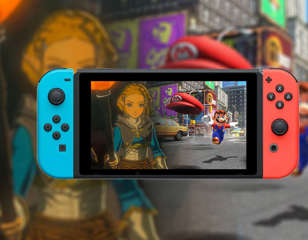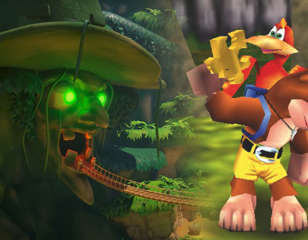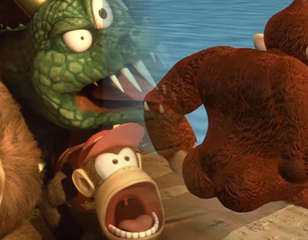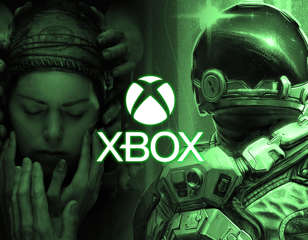25 Years On, Super Mario 64 Is Still The Best Platformer Ever Made
Even 25 years after its release, Super Mario 64 is one of the greatest game ever made. Here's why.

Joseph Kime
23rd Jun 2021 16:10
Nintendo
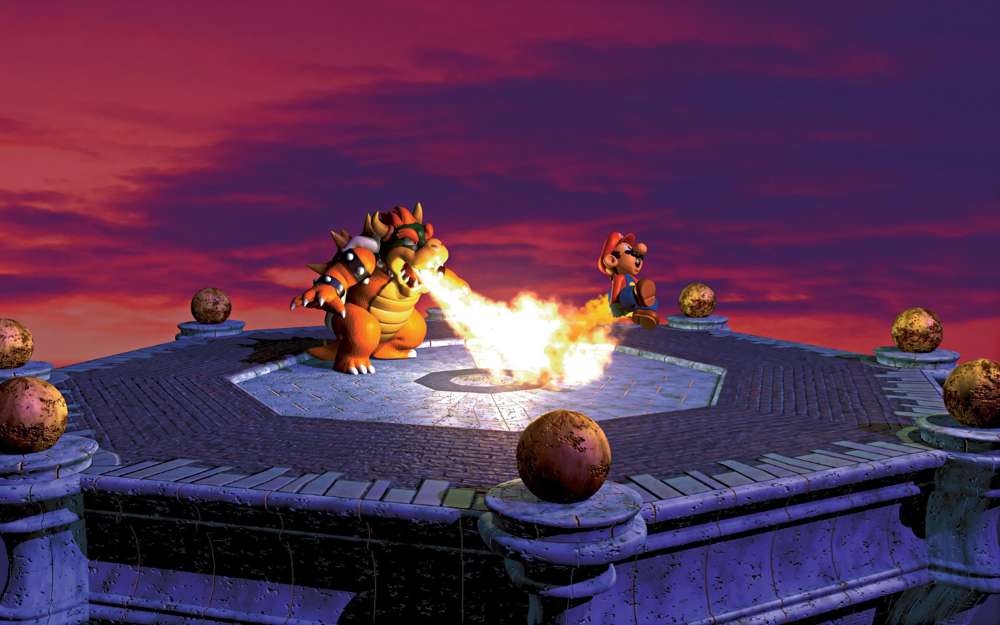
Who can believe the N64 is 25 years old? The boundary-pushing console was home to a huge series of impressive titles that changed the face of gaming, and reassessing what was possible with limited processing power. There’s a reason the console was so iconic, as the hardware was responsible for bringing games that felt truly next-gen to living rooms around the world, and brought Nintendo’s whimsical attitude to video game production to life in a way that had never been seen before. And as if the console wasn’t instantly iconic enough, without one of its launch titles, gaming as we know it simply wouldn’t exist.
The first game I ever got on my brand new Nintendo DS (yes, the original one) was Super Mario 64 DS. The game was a controversial one, making a number of changes to something that was already considered a classic at the time, but I fell in love with it almost instantly, even at seven years old. The recollection of the N64 title swept me up with its freedom of movement and gorgeous worlds, and after beating the game many times, it then brought me onto playing the original N64 title many years later. And even after its 25 years since release, and after the slew of incredible platformer titles ever since, I can still attest that Super Mario 64 is by a wide margin the best platformer title ever produced.
Dear Mario...
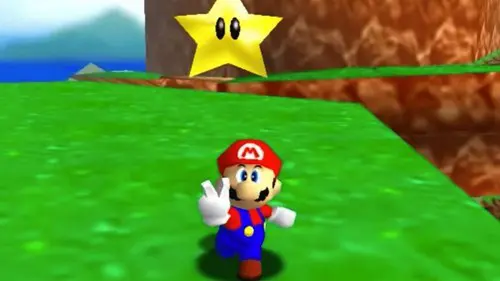
Even before launch, Super Mario 64 was expected to change the gaming landscape forever. Its freedom of movement and a completely explorable 3D environment had been attempted before, but never truly perfected. The team behind the first-ever 3D Mario title were expected to pull it off if it could be done at all - and they did it almost effortlessly.
The graphics of the game were a shock to many - the models might look incredibly polygonal by today’s standards, but 3D worlds beforehand had looked remarkably janky, and Super Mario 64 was a frontrunner in the 3D platformer genre in terms of graphics by a wide margin.
The game opens as Mario hops out of a pipe in the gardens of Peach’s Castle, presenting the player with an open playground to learn the hops, skips and jumps they can perform in all of the 360 degrees the game offers. This was untouched ground beforehand, and the movement of Mario was so slick and well-defined that even this relatively minor opening section of the game was a remarkable achievement of the medium.
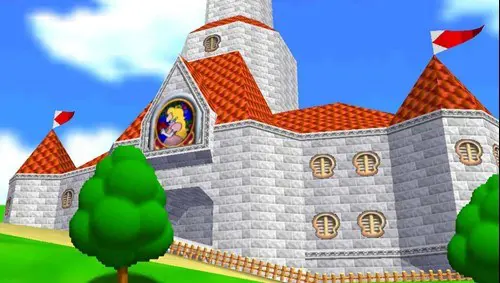
Stepping into the castle was a realisation of a long-time dream of Mario fans - to finally explore every corner of Peach’s Castle under the control of a malevolent Bowser was riveting - but much to the surprise of players, that wasn’t the extent of the game’s incredible world.
A Bob-Omb-Bastic Start
The bulk of Super Mario 64’s gameplay takes place in the worlds hidden in the castle’s paintings, the first of which dropping you on the Bob-Omb Battlefield, a series of gardens and points of shelter dwarfed by a perilous mountain. The location has since become one of the defining settings in gaming thanks to its incredibly deliberate design of open spaces that welcome you inwards and guide you up the mountain to face off against King Bob-Omb only when you’re entirely comfortable with the game’s movement and style of play.
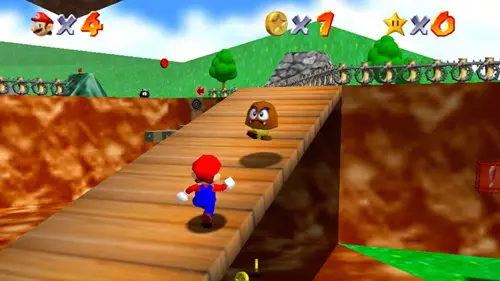
The battle is a moment of triumph not only for the player, but for the wider world of gaming, proving just what the processing power of the N64 was capable of, and bellowing from the mountaintop that finally, entirely 3D spaces can work, and produce incredibly engaging experiences.
Modern Art
Bob-Omb Battlefield is barely scratching the surface of the game’s immaculate design, introducing gorgeous and idyllic blues in Dire Dire Docks, the barren dread of Shifting Sand Land and the mechanical inner workings of Tick Tock Clock. The game’s varying themes give it incredible versatility, making it feel like an endless playground of equally endless possibilities, only made more immersive by the game’s phenomenal soundtrack, spawning some of the greatest compositions in gaming history courtesy of the legendary Koji Kondo. Every world is a delight to explore, absorb and gather stars in, and with each being so drastically different from the last, it offers a freedom of gameplay unlike anything that had been seen before. The worlds of each painting are so quirky they could only have been dreamt up by Shigeru Miyamoto, and the game is owed to his creativity and philosophies.
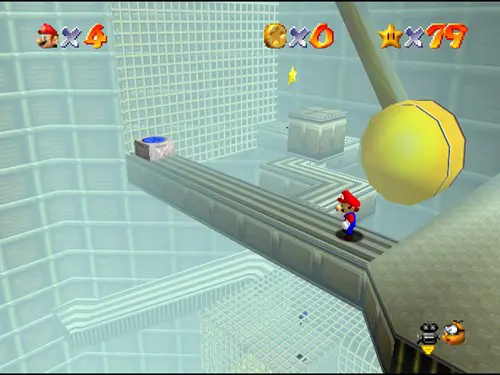
Few moments of Super Mario 64 aren’t incredibly impressive even by today’s standards, and it’s clear to see why this title was the jumping-off point for so many platformers going forward. Some complaints have arisen after-the-fact like the often-janky camera controls, but these were simply symptoms of a technical challenge that was vastly unexplored beforehand. It was the one misstep in a game that had the nerve to explore what was possible in such a small cartridge and for a game of such size and scope, it’s one that can be forgiven.
There’s a reason that so many still fondly remember Super Mario 64. Fans still speedrun the game, and it’s still the game that many players want to see remastered for the modern era so many years later. From reading Princess Peach’s letter, to yeeting Bowser into that final bomb in the last boss battle, Super Mario 64 is a complete joy, and its fun factor hasn’t been eroded by time. Super Mario 64 is not just a staple of Nintendo and of gaming, but one of pop culture at large. The game’s many freedoms, remarkable design and angular polish has made it one of the most memorable experiences ever put to cartridge, and stands the test of time as not only the greatest platformer game but one of the greatest titles in gaming history.

About The Author
Joseph Kime
Joseph Kime is the Senior Trending News Journalist for GGRecon from Devon, UK. Before graduating from MarJon University with a degree in Journalism, he started writing music reviews for his own website before writing for the likes of FANDOM, Zavvi and The Digital Fix. He is host of the Big Screen Book Club podcast, and author of Building A Universe, a book that chronicles the history of superhero movies. His favourite games include DOOM (2016), Celeste and Pokemon Emerald.
